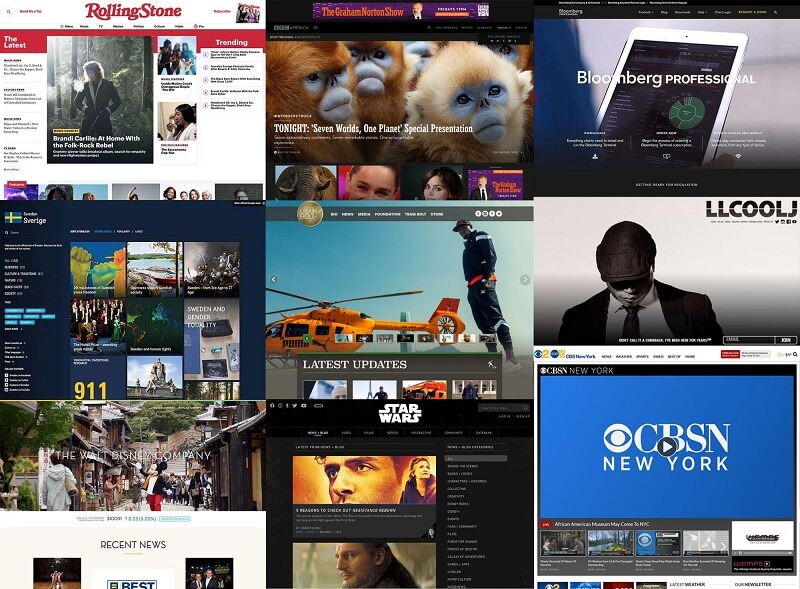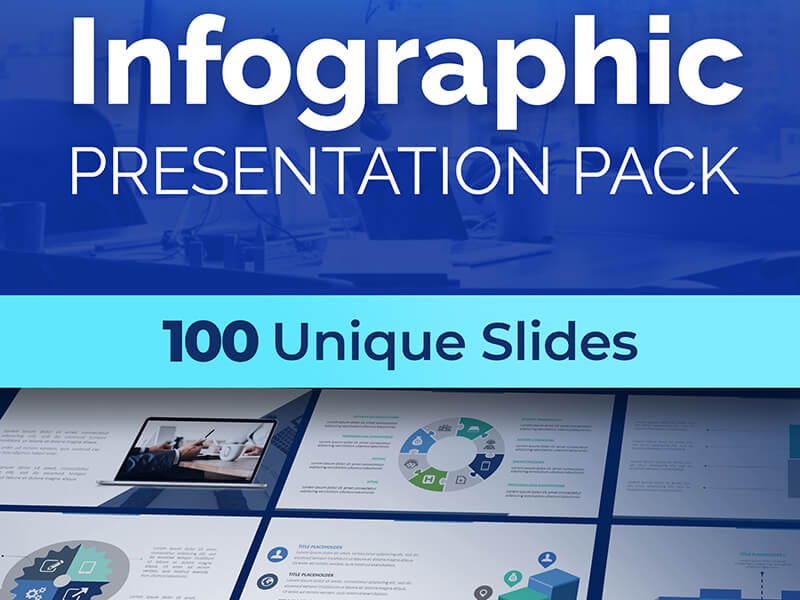Revolutionizing User Experience: 11 Must-Try Tools for Every UX Designer
in Web Design on June 16, 2023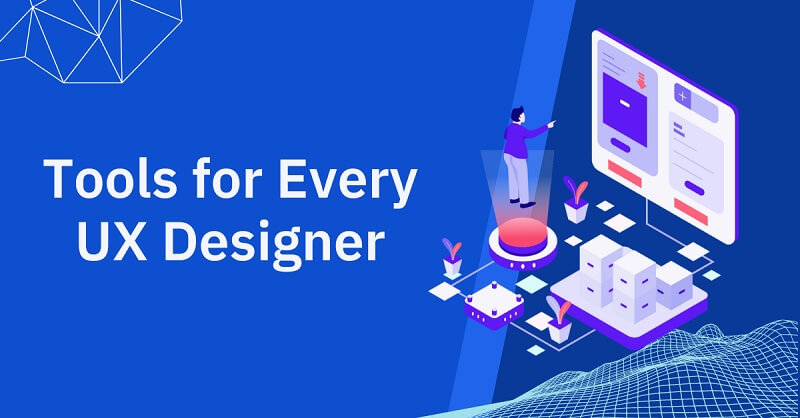
The world of technology is constantly evolving, and with it, the expectations of users.
As a UX designer, it’s crucial to stay ahead of the game and incorporate the latest tools and trends into your work.
The user experience is the heart and soul of any successful product, and in this blog post, we’ll be highlighting 11 must-try tools that will revolutionize the way you approach UX design.
From wireframing and prototyping to user research and testing, these tools are essential for any designer looking to create exceptional experiences that will keep users engaged and coming back for more. So, let’s dive in and explore the cutting-edge tools that are shaping the future of UX design.
Introduction to UX Designers
UX designers play a critical role in the world of technology and design. They are responsible for developing user experiences that are not only functional but also enjoyable.
Their goal is to create a seamless experience that is intuitive, easy to navigate, and visually appealing for users. The work of UX designers involves understanding user needs and preferences, creating wireframes and prototypes, testing and iterating on designs, and collaborating with other team members such as developers and product managers.
To succeed in the field, UX designers must have a deep understanding of user psychology, as well as an eye for aesthetics and design. They must also be able to adapt to changing technological trends and have excellent communication and collaboration skills.
Ultimately, the work of UX designers is not only important for ensuring the success of a product or service but also for enhancing user experiences in our increasingly digital world.
UX Designers are professionals whose primary role is to ensure that digital products whether for e-commerce, SaaS platforms, or web design for coaches are user-friendly, engaging, and meet the needs of users. To achieve this, they must be able to identify the needs of users and apply them to the design process.
The process involves extensive research on user behavior, preferences, and expectations, which involves both qualitative and quantitative methods.
These designers work with data-driven insights to create detailed user personas, which guide the design decisions throughout the development process.
Once the user needs are understood, they design solutions that meet their expectations and are functional.
This includes everything from simplified navigation to intuitive interfaces and user-friendly designs that promote engagement. The ultimate goal is to create digital products that are intuitive, easy to use, and enhance the customer experience.
In conclusion, UX designers play a critical role in the development of digital products by ensuring that the final product is optimized for user satisfaction.
Meanwhile, UX designers must understand that their work extends beyond just creating aesthetically pleasing interfaces. The usability of their designs is paramount to the success of the final product.
Usability testing offers valuable insight into how users interact with the interface and UX designers should take such feedback seriously. As technology and design elements continue to evolve, UX designers must also stay up-to-date with emerging trends to find new ways to enhance the user experience.
Ultimately, a successful UX design will not only meet the needs of users but also exceed their expectations. It is therefore crucial for UX designers to keep their focus on usability, while also exploring new ways to improve the user experience through design innovation.
Benefits of revolutionizing user experience
UX designers play a crucial role in modern technology, particularly in shaping user experience.
The success of any software or application heavily depends on how users interact with it, and they are responsible for revolutionizing this experience. By creating a platform that is intuitive, easy to use, and tailored to the user’s needs, these designers can dramatically improve user satisfaction.
Moreover, their designs can have a significant impact on user engagement and retention. UX designers use science, art, and psychology to create compelling designs that positively impact users and drive business success.
Overall, the importance of UX designers in shaping the future of technology cannot be understated, as they hold the key to creating an effective and satisfying user experience.
UX designers play an integral role in shaping user experiences on websites and applications.
By improving the design, designers can create a more pleasant user experience that can significantly increase conversions and improve overall business performance.
The importance of UX design lies in its ability to leverage analytics to analyze user behavior and feedback and use that information to make informed design decisions.
Utilizing analytics helps designers identify pain points in the user journey, understand user needs and preferences, and optimize designs for maximum user engagement and satisfaction.
Furthermore, UX design can help businesses stand out from competitors by providing exceptional user experiences that establish brand loyalty and trust. In the fast-paced digital world, investing in UX design is essential to success and can yield significant returns both in terms of customer satisfaction and business performance.
Essential Tools for UX Designers
As the field of UX design continues to advance, designing engaging user experiences has become more critical than ever.
To achieve this goal, UX designers rely heavily on a range of tools to facilitate the design process. Among the most essential tools for UX designers are Figma, Sketch, and InVision.
These tools provide designers with a range of capabilities that allow them to create visually compelling designs that engage users and enhance their overall experience.
In addition to these core design tools, modern UX designers also use analytics to help inform their design decisions.
By analyzing user behavior and preferences, designers can gain a deeper understanding of how users interact with their designs, and identify areas for improvement. This data-driven approach provides designers with more accurate insights into user needs and helps them create more effective, user-centric designs.
Overall, from design tools like Figma and Sketch to data analytics, UX designers have a wide range of resources at their disposal to create effective and engaging user experiences.
By leveraging these resources, designers can create designs that not only meet user needs but also enhance their overall experience. As the field of UX design continues to evolve, it’s clear that having access to the right tools and resources will play an increasingly essential role in the success of any design project.
UX designers are constantly on the lookout for tools that can help them streamline their design process and produce high-quality outputs. Fortunately, there are a plethora of tools available in the market today that cater to the needs of UX designers.
Each of these tools has unique features that can help designers quickly establish a visual hierarchy and create high-fidelity prototypes. These tools include Wireframe.cc, Sketch, Adobe XD, Figma, and InVision Studio. With the help of these tools, UX designers can easily create wireframes, mockups, prototypes, and user flows.
They also allow designers to collaborate with their teams in real time, making the design process more efficient and streamlined. In essence, these tools are indispensable for any UX designer looking to create engaging and intuitive digital experiences.
Also, as technology continues to evolve at a rapid pace, UX designers must keep up with the latest tools and trends in order to remain relevant.
This includes understanding the importance of collaboration and prototyping in design projects. Figma is just one example of a software that has revolutionized the way designers work and communicate, allowing teams to streamline their workflow and reduce feedback cycles.
By embracing these tools and techniques, UX designers can continue to create user-centered designs that improve the overall user experience and drive business success. In an ever-evolving digital landscape, adaptability and innovation are key for any successful designer.

Analytical tools for identifying user journeys
UX designers are an integral part of the process of designing and developing digital products. They are responsible for ensuring that the end-users have an excellent experience while interacting with a product.
It is vital for UX designers to understand the user journey and how users interact with their products. By doing so, they can create designs that cater to user needs and preferences, resulting in a better user experience.
Analytical tools, such as Capturly, are a great resource for UX designers to gain insights into how users interact with their products across all platforms. These tools can help designers identify pain points and areas where users may be struggling, allowing them to make necessary changes and improve the overall user experience.
In the ever-evolving digital landscape, UX designers must stay current with new technology and tools to ensure they continue to design products that meet the needs of their users.
In conclusion, the role of UX designers in creating a positive user experience cannot be overstated. Using analytical tools allows designers to gain a deeper understanding of the user journey and create strategies to optimize it.
UX designers must have a holistic approach, understanding not only the design, but also the user needs, concerns, and capabilities. They must be able to use data to make informed decisions and communicate their findings effectively to stakeholders.
With the ever-increasing importance of digital interfaces, the need for skilled and knowledgeable UX designers is more important than ever.
Through their expertise, they can help to create intuitive and user-friendly interfaces that enhance the user experience, improve engagement, and ultimately drive business success.
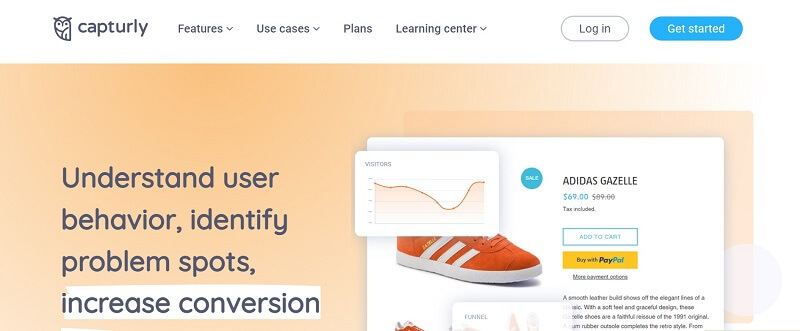
Visualization and prototyping software
UX designers play an integral role in the development and success of a product. To ensure customer satisfaction, it is important for UX designers to create user-friendly interfaces that are intuitive and easy to navigate.
Visualization and prototyping software can be extremely helpful for UX designers, as it allows them to quickly create visual representations of their ideas and test out various prototypes.
This software enables designers to interact with their designs, identify potential problems, and make necessary adjustments before development begins. By using visualization and UX prototyping software, UX designers can efficiently communicate their ideas with stakeholders and ensure that their designs meet the needs of the user.
In today’s fast-paced technological world, the use of visualization and prototyping software is essential for UX designers to stay ahead of the competition and create successful products.
As UX designers, it is paramount to consider various features in selecting visualization and prototyping software. Notably, one of the key factors to bear in mind is the ability to add animations and transitions.
This feature can significantly enhance the user experience and help illustrate the flow of an application. Additionally, it is important to ensure that the software can integrate with other design tools such as Photoshop and Sketch. This integration facilitates a seamless design process and allows for easy import and export of assets.
Therefore, UX designers should take into account these features when selecting software tools for their design work.With the right software, designers can create intuitive user interfaces that not only look great but also seamlessly align with the product’s logo design and overall brand identity.
Thereafter, it is essential for UX designers to have access to software that enables them to work collaboratively with their team members. UX designing is not a solitary task, and therefore, tools that facilitate information sharing and feedback in real-time are critical for successful design.
A UX designer must be able to obtain input from various stakeholders, including developers, marketers, and users, in order to create a product that is functional and user-friendly. As a result, UX designers need to look for software solutions that promote collaboration and facilitate the exchange of ideas between team members.
In this way, UX designers can create effective designs that meet the needs and preferences of their users.
Tips on implementing the new tools for optimal results
UX designers play a critical role in designing user interfaces and experiences that are intuitive, engaging, and effective. To ensure optimal results when implementing new tools or designs, UX designers should first assess the existing user flow and identify any gaps in design that may need to be addressed.
This involves analyzing user behavior, conducting user testing, and gathering feedback on users’ pain points and needs.
By understanding the user journey and identifying areas for improvement, UX designers can create designs that are more user-centric and aligned with the needs of their target audience.
In addition, UX designers must stay up-to-date with the latest trends and technology advancements in the field to remain competitive and provide the best possible user experiences.
Through a data-driven approach and a focus on users’ needs and preferences, UX designers can deliver solutions that not only meet business objectives but also provide superior experiences for users.
In the field of UX design, identifying gaps and areas in need of optimization is critical in ensuring user satisfaction. Once these gaps have been identified, UX designers must develop prototypes of new tools and conduct testing to ensure they are meeting user goals and providing a seamless experience. The process of UX optimization entails continuous and iterative modification to the design based on user feedback, with a focus on creating a product that is intuitive, efficient, and enjoyable to use.
The end result should be a product that not only meets user needs but exceeds their expectations, leading to increased engagement and user retention. Through careful attention to user feedback and relentless iteration, UX designers can develop products that will stand the test of time and provide maximum value for their users.
Also, it is crucial for UX designers to gather and analyze performance data to continually improve the effectiveness of their designs.
This can be done through the use of analytics tools that track user behavior and interactions with the product. By analyzing this data, UX designers can identify areas for improvement and make data-driven decisions to enhance the user experience.
Additionally, integrating analytics into the design process allows for a more thorough understanding of user needs and preferences, ultimately leading to more successful products.
Overall, usability testing and data analysis are integral components of effective UX design, providing crucial insights that enable designers to create products that better serve the needs of their users.
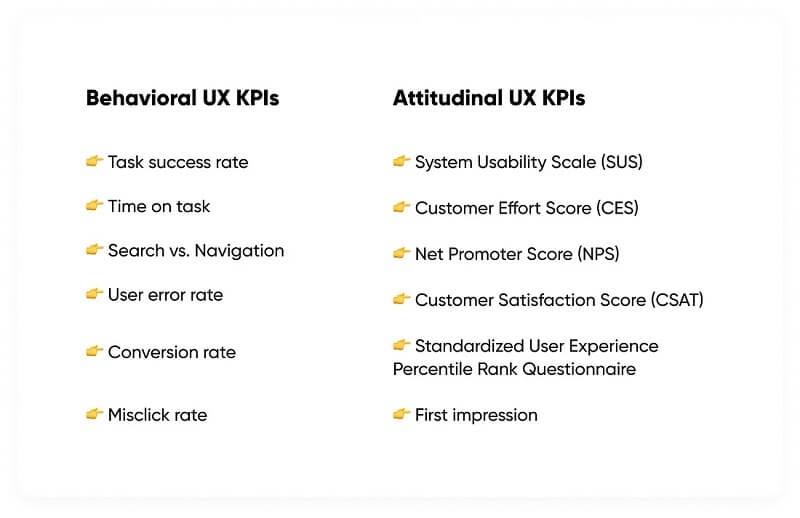
Conclusion
In conclusion, as a UX designer, adapting to the latest trends and incorporating new tools is crucial in creating impactful user experiences.
The 11 tools discussed in this blog post are just the tip of the iceberg in terms of what’s available for UX designers. Keeping an eye on emerging technologies and staying up-to-date with design trends will help you stay ahead of the game and continuously improve your design skills.
By integrating these innovative tools into your workflow, you can streamline your design process and create engaging user experiences that leave a lasting impact. So, seize the opportunity to experiment with these cutting-edge tools and revolutionize your approach to UX design today!


